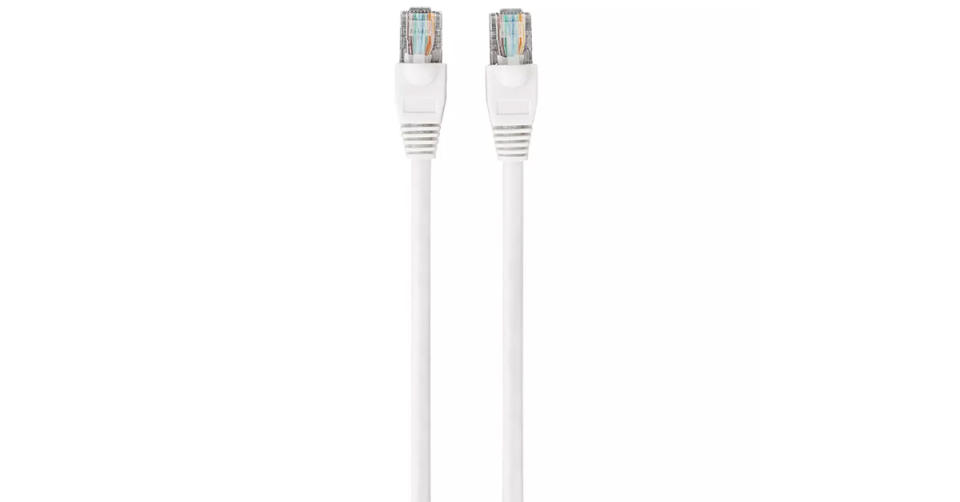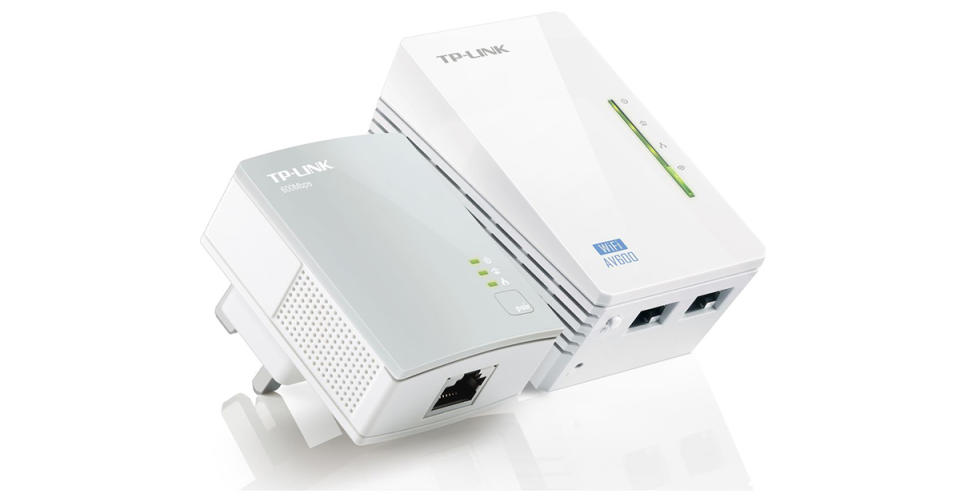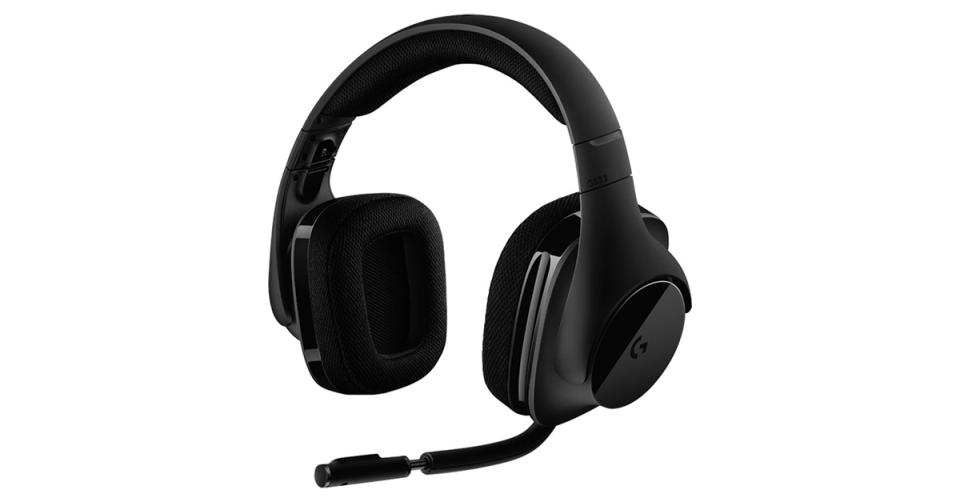5 easy ways to improve your WiFi when working from home
Yahoo Lifestyle is committed to finding you the best products at the best prices. We may receive a share from purchases made via links on this page. Pricing and availability are subject to change.
We've become more familiar than ever with the highs and lows of working from home over the last few weeks, which is evident in the huge increase in home broadband usage.
Not only are you likely having to use your home WiFi during hours you wouldn't normally, you're also logging on at the same time as hundreds of other people nearby who are in the same position.
Hello, more strain on the internet and less speed all round.
If you're lamenting the low quality of your connection, there are some easy ways to make big improvements.
Here are our top five suggestions:
1. Replace your router
The router that your internet provider sent you when you first signed up is very likely not the best one for your needs. Providers vary in how good their default routers are, and sometimes you get a better one if you're on a higher package, but even so – imagine if your phone network had a default phone given out with every phone line. It's not likely to be the latest iPhone, is it?
There are two ways around this: you can either call your internet service provider (ISP) and see if there's an upgraded router they can send you, which should be free – there's likely to be a better one with improved security if it's been a while since you signed up.
Alternatively, you could buy one yourself, in which case you get to decide what your needs are and what sort of tech best suits them, but of course it does mean spending money. The very best routers get very expensive, and are leagues better than anything you'd get from an ISP, but they're also not necessary if you're not doing intensive gaming and suchlike.
Netgear, ASUS and TP-Link make some excellent routers, among other manufacturers, with a range from affordable to pretty pricey. Personally, I like the Netgear Nighthawk range, such as this model with extra cybersecurity.
Buy it: TP-Link AC1600 Dual-Band Wi-Fi VDSL/ADSL Modem Router | £99 from Argos

2. Move your router
Your router isn't just a little box that needs to be somewhere in your house for the internet to work. It's the thing sending out the WiFi signals, so where you put it and how you position it has a surprisingly big impact on the signal you get.
Often, routers are placed wherever is most convenient for the installing engineer, who'll just put it wherever the line happens to come in. The WiFi will perform much better if you put the router in the middle of your house (imagine the signal coming out of it like ripples on a pond – it's not going to have as much reach from one corner as it is from the centre), ideally two-thirds of the way up the wall on a shelf and away from obstructions like thick walls, big objects, windows, metal and – weirdly – the microwave. Again, imagine those signals like ripples; you want them to spread as far as possible without hitting something big, so don't hide the router in a cupboard.
You might need to get a longer cable than the one your ISP provided to be able to move the router – the type of cable is called "ethernet" and there are lots of lengths available.
Buy it: 10m Ethernet Cable | £10 from Argos

3. Upgrade your package
Easy one, this: call up your provider or go on their website and find out what packages are available in your area (it varies massively by postcode). If you're out of contract (often 18 months or two years since you signed up), you might well be able to upgrade by renewing the contract without actually spending any more money, because they'll want to keep you as a customer.
Normally we'd also say to find out if there are any providers in your area that can provide a higher speed than the one you're with, but this isn't a good time to be having new stuff installed. You don't want to be without a connection while you're waiting for the new one.
4. Boost the signal
A lot of routers have movable antennas that look kind of like plastic flags sticking up. They're a bit ugly, yes, but hiding them behind the router will dent your signal.
If there's only one antenna, put it straight up. If there's a second one, put it horizontally to make an L-shape between the two antennas. If you've got more than two, put some upright and some horizontal or at 45-degree angles to maximise coverage.
You can also buy signal boosting equipment that can help a lot. For instance, there are range extenders called 'powerline' that use the electrical wiring in your wall – you just plug them into normal outlets, with minimal setup.
Alternatively, you can try mesh systems like Google's Nest WiFi, which uses base stations to cover your home in a 'mesh' of signal – particularly good for houses with multiple floors. The app that comes with it is also super-easy to use, letting you set up guest WiFi networks, choose online times for kids, and decide which devices to prioritise for speed (like the TV or games console).
Some ISPs have their own versions of these, like BT's discs or Virgin Media's Intelligent WiFi Boosters. It's worth checking with your ISP before buying third-party boosters because they might do you a better deal if you go for their own brand.
Buy it: TP-LINK WPA4220 WiFi Powerline Adapter Kit | £39.99 from Currys PC World

5. Go audio only
Now that we're all doing heaps of video calls, you might find your WiFi isn't delivering good enough picture or sound quality to hear your colleagues clearly. A quick and easy fix for this is to switch to audio only, because video uses a lot more data. It also means no one can see you, which is always nice.
Most video conferencing tools make it really easy to switch video and audio on and off depending on your preferences. It's also a good idea to have a Britney Spears-style headset mic for video calls, to ensure you can hear and be heard clearly and don't have feedback problems with your computer speakers.
Buy it: LOGITECH G533 Wireless 7.1 Gaming Headset | £115 from Currys PC World





